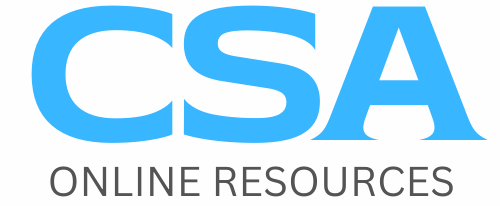Free Small Business Cyber Security Assessment Tool
Are you looking to see if your business has the basics of cybersecurity covered? Or if there are gaps in your security system? Our free NIST standard Cybersecurity Self-Assessment is designed to give non technical staff an easy way to increase online security. It’s not complicated, takes less than 15 minutes, and helps you see where you’re strong and where you can level up without paying for expensive audits or cyber security consultants.
Our small business cybersecurity checklist helps you:
- Identify basic cybersecurity assessment gaps before attackers do
- Reduce the risk of phishing, ransomware, and data breaches
- Build a stronger defense with a clear cybersecurity risk checklist
- Show your customers and partners that you take cyber security seriously
What You’ll Find Inside the free cyber security Assessment
Email & Access Security
Backup & Recovery
Device & Network Protection
Response Planning
Threat Protection
Cyber Security Assessment Checklist
- Device/Computer Monitoring: Agent software to send data back to dashboard. (Remote Management and Monitoring Software)
- Mobile Device Management: Able to control application installation and remote wipe.
- Anti Virus: Software that is designed to prevent, search for, detect, and remove software viruses.
- Anti Malware: Software that is designed to prevent, search for, detect, and remove malware.
- Ransomware Detection: Software that is designed to prevent, search for, detect, and stop ransomware processes.
- Strong Passwords: 20 character alphanumeric random passwords that are different for each account
- Password Security: Passwords should not be stored in browsers.
- Multi Factor Authentication: Multi-factor authentication is a layered approach to securing data and applications where a system requires a user to present a combination of two or more credentials to verify a user’s identity for login. An authenticator App is BETTER than SMS text.
- Onsite Backups: Backups to USB or other onsite device.
- Offsite Automated Backups: Backup to cloud solution.
- G Suite/O365 Backed Up, Qbo Cloud: Back up email, calendar, tasks, files.
- Security Awareness Training: Monthly video training for staff with Q&A.
- Phishing Simulations: Phishing simulation is a program that organizations can use to send realistic phishing email to employees in order to gauge their awareness of attacks and what to do with phishing emails when they receive them.
- Account Sharing: Every User/Employee should have their own account for logins, and software.
- Disaster/Compromise Response Plan: A well thought out plan in the event of a disaster or a compromise. Who will you call? Does everyone know who to call?
- Cyber Security Insurance: Rider on to General Liability Insurance
- Work from Home or Remote access: Using a software application that encrypts data to access corporate Network. Do not use RDS or RDS through VPN.
- Business Continuity: For client server applications
- Software, Operating System and Browsers Up to Date: Updates can be pushed through RMM
- Website: Using Cloudflare to prevent DDOS attacks?
- Routers and Servers: Default Passwords changed.
- MDR: Managed Detection and Response software
Our free cyber security audit covers:
topics
Device/Computer Monitoring
Mobile Device Management
Anti Virus
Anti Malware
Ransomware Detection
Strong Passwords
Routers and Servers
topics
Password Security
Multi Factor Authentication
Onsite Backups
Offsite Automated Backups
G Suite/O365 Backed Up, Qbo Cloud
Security Awareness Training
Phishing Simulations
topics
Account Sharing
Disaster/Compromise Response Plan
Cyber Security Insurance
Work from Home or Remote access
Business Continuity
Software & Operating Systems
Website
Need Assistance With The Audit?
Contact our team of cyber security professionals to get a free 30 minute cyber security audit walk through.
